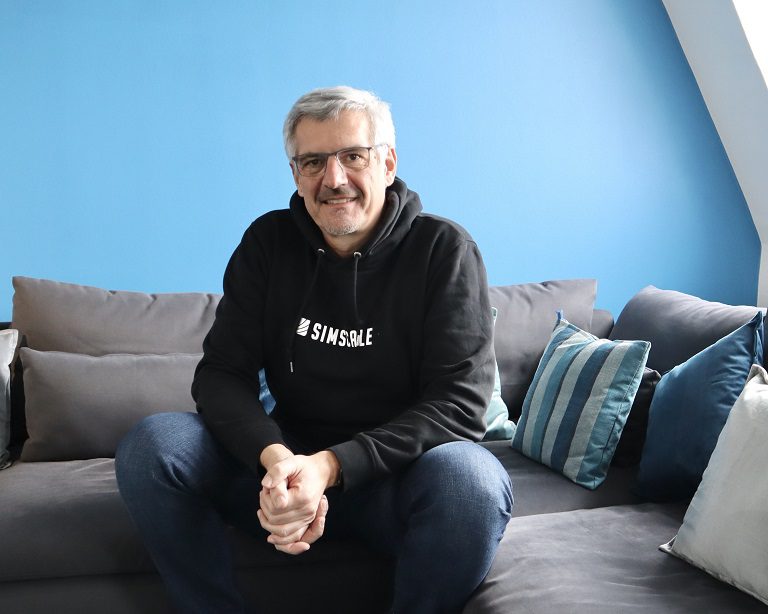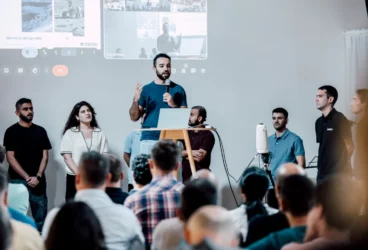With 30 years and a lot of knowledge in the Engineering Software industry, Thomas joined SimScale as VP of Sales in October of 2020. Here, he shares what his experiences have been so far and what motivated him to join the SimScale team.
What have been your first impressions of the team and company so far?
“It has been a lot of fun working in a great international team with a very open and transparent communication style. I really appreciate that everyone is open to constructive feedback. It has been a great onboarding experience and I got up to speed very quickly.”
What convinced you to join SimScale?
“SimScale is a unique chance for me to realize my dream of providing every engineer with access to simulation tools. When I started my career, I thought traditional CAE solutions were hard to use, expensive, and limited in functionality. I knew there must be a way to overcome these limitations. SimScale’s platform is easily accessible and provides everything an average engineer needs in terms of simulation capabilities, for an affordable overall cost.”
What’s your vision for SimScale and the team?
“We will see significant growth over the next few years because simulation, now more than ever, is becoming the key to efficient engineering. Accessibility to cost-efficient simulation software tools and processes will become a huge asset and SimScale has managed to technically provide a solution for remote and collaborative work in engineering. I’m proud that we are able to create so much value not only for mechanical engineering but for CO2 reduction initiatives by enabling sustainable architecture and Passivhaus climatization simulations. In general, our cloud-based service not only provides efficient and accessible engineering solutions but also helps our customers reduce their CO2 footprint by using the cloud to run simulations on external and shared high-performance compute systems.”
What should people know about you?
“I have always been a huge fan of engineering simulation! Even though it has been available since the early 60s, the complexity of using tools, the cost to operate them, and the knowledge required to evaluate the accuracy of the results is the reason why engineering simulation is not yet widely adopted in the design community. I hope my experience of 30 years in this industry will help to change this so simulation will finally be widely used to help develop better, more efficient, and greener products!”



